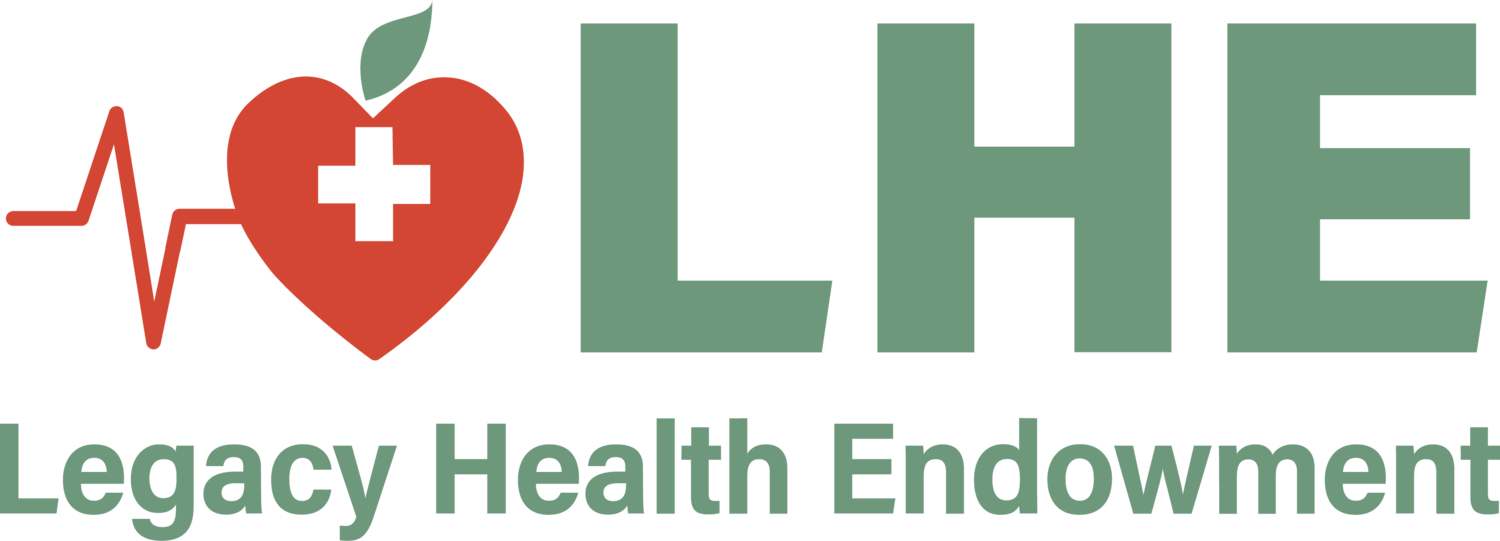Elder Abuse Awareness Day
June 15 is Elder Abuse Awareness Day. Not a day of celebration, but a day of education and a reminder that elder abuse is utterly disgusting.
Old age lamentably renders many Americans vulnerable to abuse — whether physical, emotional, sexual, or financial.
Elder abuse is a catch-all phrase covering numerous types of abuse, including physical abuse, caregiver neglect, psychological or emotional abuse, abandonment, self-neglect, sexual abuse, fraud, and financial exploitation. Unfortunately, elder abuse is a highly under-recognized problem, despite being a major social and public health concern.
The mistreatment of senior citizens does not receive as much attention as other forms of victimization, such as child abuse, domestic violence, or cyberbullying. Sadly, this lack of focus is not an indication that elder abuse is rare. The National Council on Aging says roughly one in ten Americans age 60 and older have been the victims of some type of abuse. But the numbers are likely higher still. One study found that only one in 14 cases are reported. In 60 percent of cases, the perpetrator is somebody in the victim’s own family.
According to the National Institute on Aging, many people are unsure of what constitutes abuse. Physical abuse is self-explanatory. Emotional abuse involves a broader array of misbehaviors, including repeated threats or ignoring the victim. Neglect refers to situations in which caregivers allow an older person’s basic needs to go unmet, while abandonment describes a situation in which the caregiver leaves the victim alone with no planning for his or her care. Sexual abuse and financial exploitation or abuse can also occur. Older adults are also especially at risk for fraud, from strangers as well as from people they know.
As with many social problems facing our society, there is no simple fix.
Older people may experience diminishing physical and mental capabilities, leaving them more vulnerable to abuse. Sometimes the victims are cognitively impaired. The abuse may be perpetrated by trusted family members and friends, or by staff at care facilities or hired at-home help.
A 2009 report found half of those suffering from dementia had experienced some type of caregiver abuse. Earlier this month, a CDC national report noted that elder abuse cases against men have been on the rise. Between 2002 and 2016, the rate of assaults among men 60 and older jumped 75%, while it rose 35% among women between 2007 and 2016. Among older men, the homicide rate increased 7% between 2010 and 2016, according to the U.S. Centers for Disease Control and Prevention (CDC).
Dr. Ronan Factora, chair of the Special Interest Group on Elder Abuse and Mistreatment at the American Geriatrics Society, recently stated that the problem is probably even worse than the CDC suggests. The CDC report relied solely on records from emergency departments, but many more cases are seen by private doctors or not reported at all.
Throughout California, an increased focus on preventing elder abuse has been orchestrated by the Area Agencies on Aging (AAA). These programs hope to help seniors and their families identify signs of abuse, ranging from bruises, malnourishment, and other forms of physical violence to watching for sudden reluctance to discuss financial matters, drastic changes in economic issues, or confusion regarding their rights.
The abrupt arrival of COVID-19 shed light upon just how vulnerable to neglect older adults are across the United States. Nationally, seniors living in nursing homes and long-term care facilities for the elderly made up 43% of all COVID deaths (over 37,000 people). Families, unable to access their loved ones, worry daily about their safety. Residents in these facilities are often unable to advocate for or protect themselves.
State and federal legislators now have the COVID-19 data from nursing homes to launch an in-depth investigation into why some nursing home residents died. What kind of training was provided to the staff? Were these same staff working in multiple facilities without ever being tested? What sort of precautions did they take to prevent the spread of disease when moving from patient to patient? Were they provided appropriate personal protective equipment? Were they using it properly?
Those who abuse or exploit the elderly – or any vulnerable person – should be recognized in our society as predators of defenseless victims. We are long overdue to reexamine patient abuse in nursing homes and other programs serving the elderly. Every day we wait, another life is placed in jeopardy.
BY JEFFREY LEWIS AND ALLISON JEFFERY
— Jeffrey Lewis is the President and CEO of Legacy Health Endowment. Allie Jeffery is a Program Manager. The views expressed are those of the authors.
Special to the Journal. To read the full article click here.

